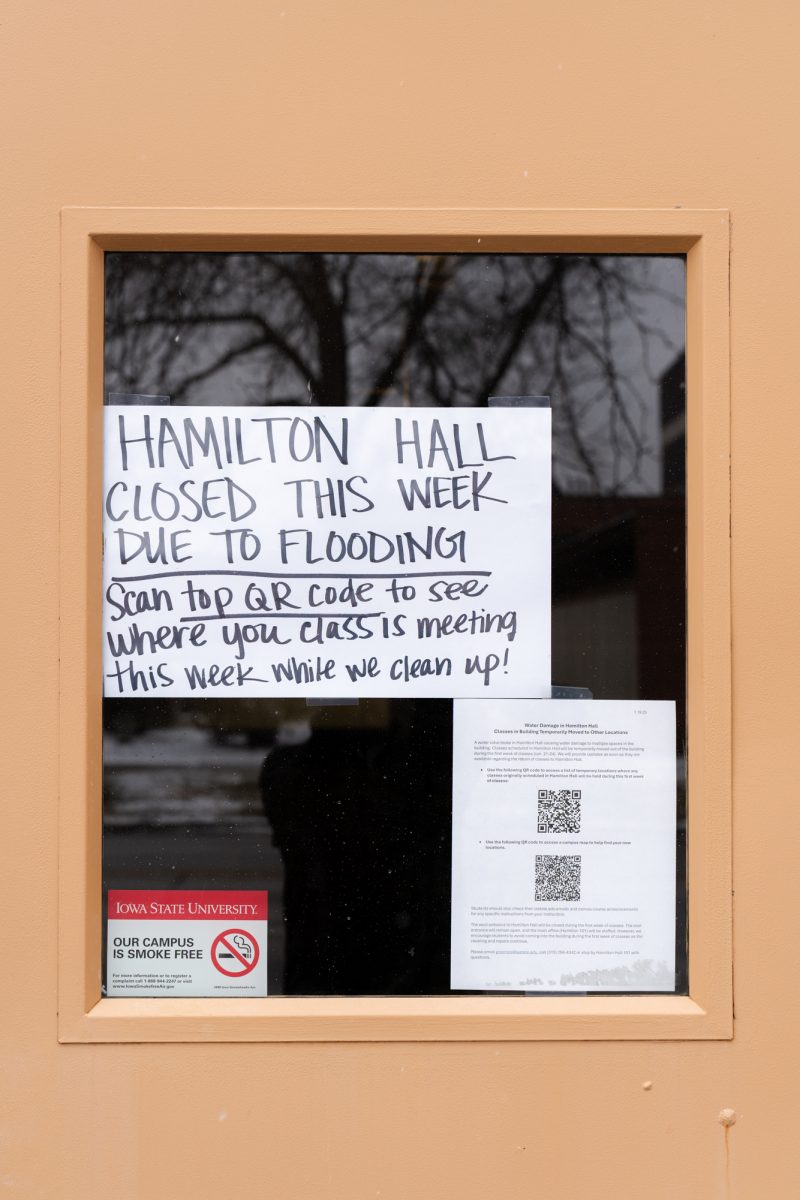Canoe team to prove concrete floats in regional competition
April 21, 2005
Members of the concrete canoe team are gearing up to float their entry this weekend at the 2005 Midwest Regional Concrete Canoe Competition.
Melanie Hinnah, co-captain of the concrete canoe team, said the team has logged more than 2,400 hours on this year’s canoe, the Swashbuckler, since last fall.
“The concrete canoe program is a good way for people to learn design and teamwork skills,” she said.
The competition at the University of Wisconsin at Platteville is scheduled to take place Saturday. Several teams from throughout the Midwest will compete, including groups from the University of Iowa, University of Minnesota-Twin Cities, North Dakota State University and South Dakota State University, Hinnah said.
Hinnah, junior in civil engineering, said members of the team drafted the canoe’s design in September. Construction of the mold for the concrete canoe took nearly four months to complete, from late September to January, she said.
Twenty-one members of the team who regularly contributed to the project every week throughout the year will travel to this weekend’s competition, Hinnah said.
“We typically worked every Tuesday and Thursday evening, and occasionally put in some Saturdays to get the work done,” she said.
Shane Neuhaus, co-captain of the concrete canoe team, said the aggregate used in the concrete to form the canoe’s body consists of ISU 3, a substance developed by ISU researchers made from shredded soda bottles combined with glass beads. He said the recycled bottles help create the strong, light reinforced concrete body of the canoe.
“The aggregate was time-consuming to make,” Neuhaus said.
Eric Rymarz, junior in civil engineering, said the shape and design of the canoe allows it to float although it is made of concrete.
Hinnah said the team faced a major obstacle Tuesday evening when the Swashbuckler broke apart while team members attempted to turn it over. She said the team will still travel to this weekend’s competition and try to participate with the repaired vessel.
“The only thing we are going to have to worry about is handling the canoe — we will be a bit more gentle,” Rymarz said.
He said last year, Iowa State placed second at the regional competition.
“We had a good canoe until we had this setback,” Rymarz said, referring to Tuesday’s damage.
The materials, research and tools used to construct the canoe cost more than $4,000, Hinnah said. Funding for the concrete canoe comes from private and corporate sponsors. Materials are donated from several companies.
If the team emerges as regional champions this weekend, it will move on to compete at the national competition June 25 to 27 in Clemson, S.C.






